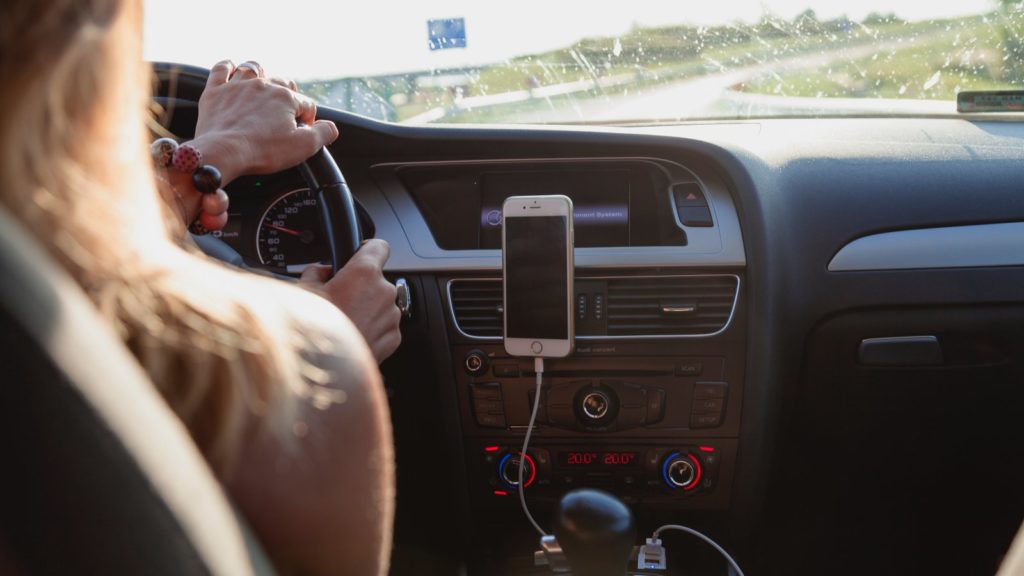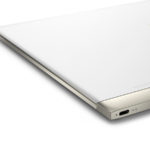AI is disrupting education. But despite what the headlines (and some ChatGPT horror stories) might suggest, South African teachers aren’t being replaced — they’re…
5 simple road tripping tech tips and tricks

Bottom line: you shouldn’t use your smartphone while you drive, but that doesn’t mean your shotgun pilot can use it, nor does it mean not travel with it.
In fact, smartphones have become almost as essential as fuel for travel, whether in public transport or private car. Other technology too are playing more important roles too.
Here are a few tech tips and tricks for making the most of your road tripping this December.
Mount your smartphone before you start the car
This might seem obvious, but it’s not when you’re in a rush.
Using your smartphone while driving isn’t just illegal (in some parts of the world), but stupid (in all parts of the world).
Find a good smartphone mount, that either sucks onto the windscreen, clamps onto your dashboard behind the streering wheel, or the vent on your centre console.
Make sure all the apps are open, settings are selected, and cables are connected before setting off.
Install a driving mode app
If you have an older car, you can use an app like Android Auto as a digital dashboard. The app allows you to navigate using Google Maps, play music using Google Play Music, and call or message contacts using your voice.
It’s incredibly rudimentary at present, but Google Assistant is the killer feature.
Too simple? Consider something like AutoMate which provides a speedometer, speed camera alerts, and a wider range of compatibility with entertainment apps.
Use an NFC tag to quickly put your car into driving mode
If your phone has an NFC reader, you can use an NFC tag stuck to your dashboard to quickly select driving mode without hitting any buttons.
Tap the phone to the tag, and it should automatically select driving mode based on the tag’s near-field communication instructions.
It’s not really essential, but it is pretty cool and will save time between you setting up your phone and taking off.
Keep a powerbank in your car
Even if you keep a little car charger that sits in the lighter outlet in your car, it’s good practice to carry an emergency powerbank.
Some powerbanks can even provide enough juice to jump start dead car batteries.
Download multiple mapping apps
OsmAnd+, Google Maps, and Waze should be the base of your offline mapping arsenal. Waze is particularly useful for alerting drivers of traffic incidents.
Google Maps is, well, Google Maps. And OsmAnd+ provides incredibly detailed and free maps of topography and natural features.
Feature image: Peter Fazekas via Pexels


